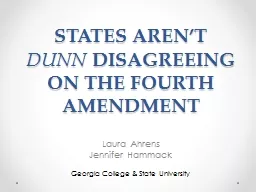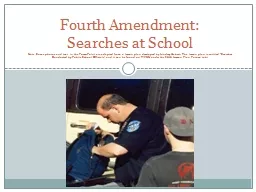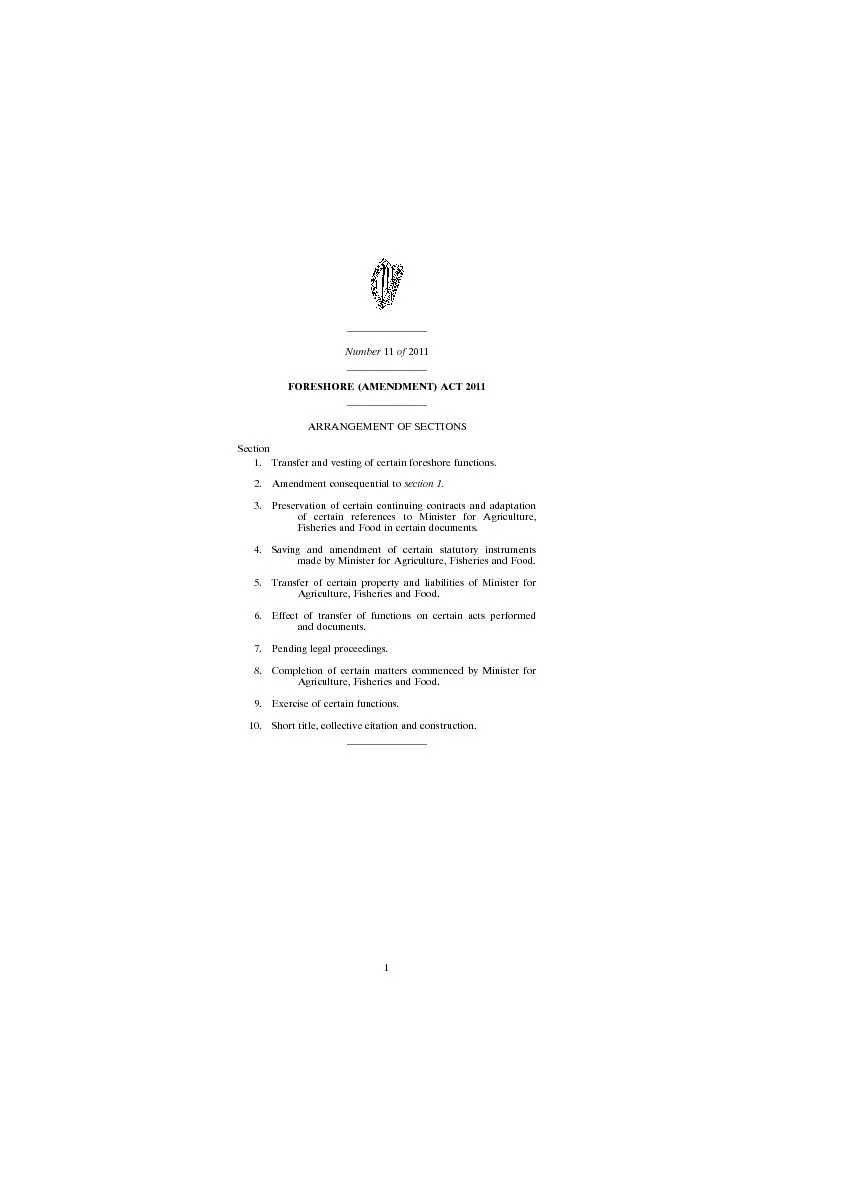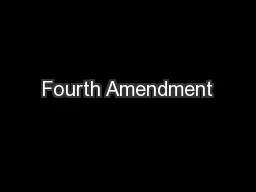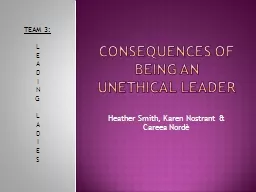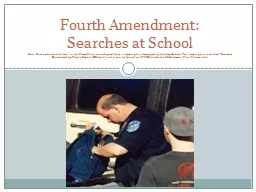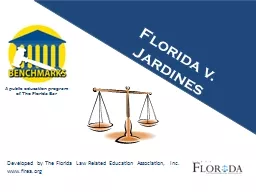PPT-STATES AREN’T DUNN DISAGREEING ON THE FOURTH AMENDMENT
Author : liane-varnes | Published Date : 2018-02-02
Laura Ahrens Jennifer Hammack Georgia College amp State University Federal vs State SCOTUS has held that No Trespassing signs on land an accessible field do not
Presentation Embed Code
Download Presentation
Download Presentation The PPT/PDF document "STATES AREN’T DUNN DISAGREEING ON TH..." is the property of its rightful owner. Permission is granted to download and print the materials on this website for personal, non-commercial use only, and to display it on your personal computer provided you do not modify the materials and that you retain all copyright notices contained in the materials. By downloading content from our website, you accept the terms of this agreement.
STATES AREN’T DUNN DISAGREEING ON THE FOURTH AMENDMENT: Transcript
Download Rules Of Document
"STATES AREN’T DUNN DISAGREEING ON THE FOURTH AMENDMENT"The content belongs to its owner. You may download and print it for personal use, without modification, and keep all copyright notices. By downloading, you agree to these terms.
Related Documents

